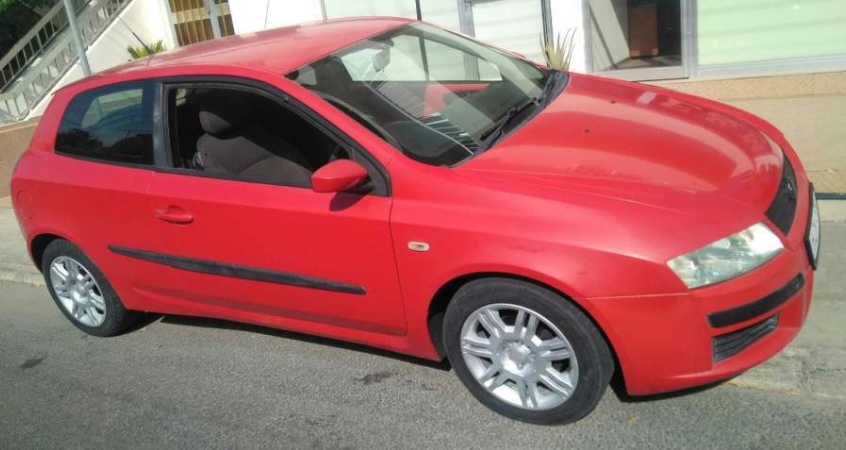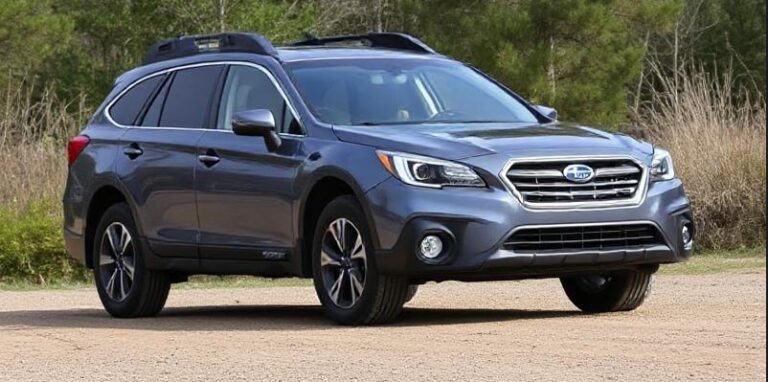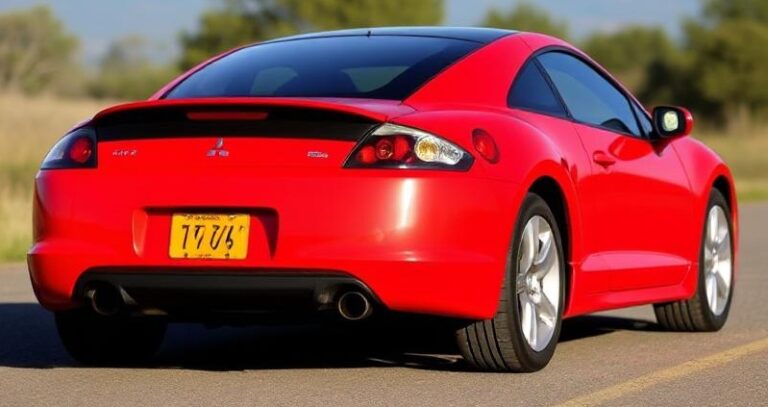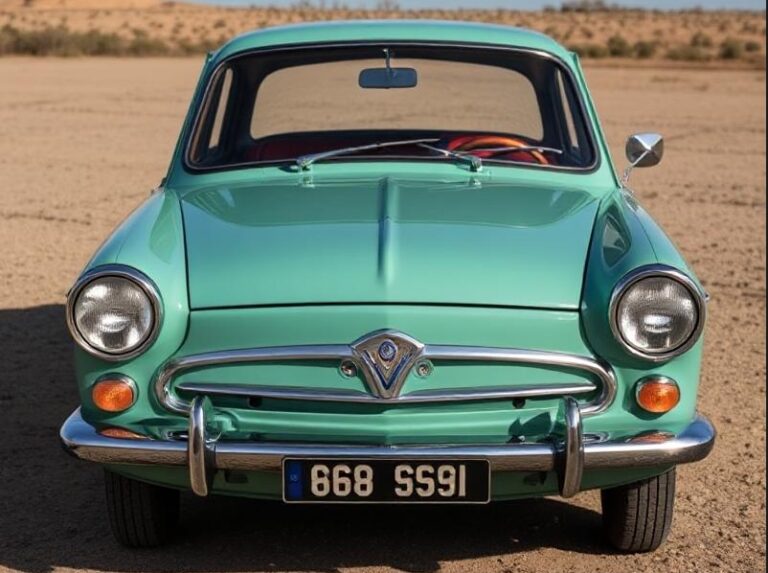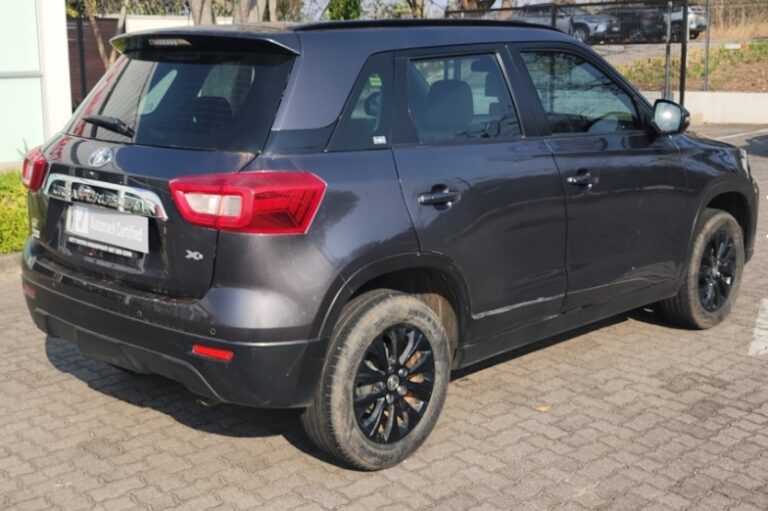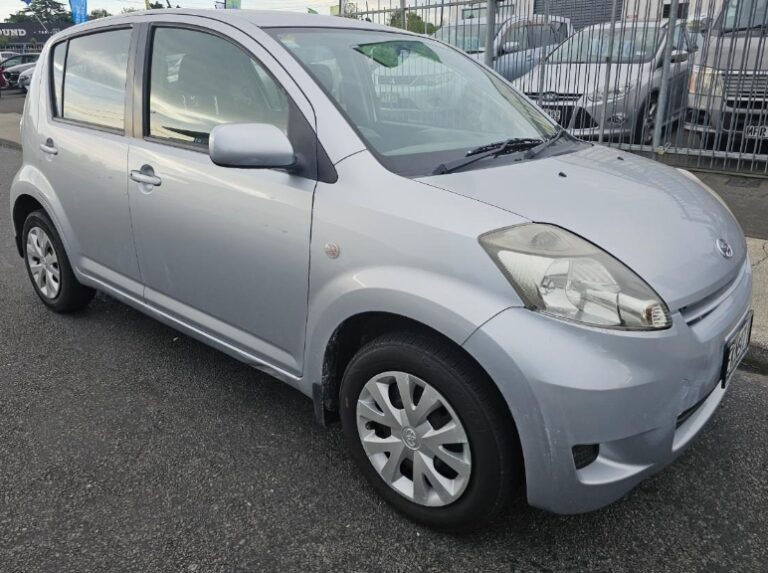The Evolution of the Fiat Stilo
The Fiat Stilo represents a significant chapter in the Italian automaker’s history, embodying a blend of innovative design, technological advancement, and practical functionality. Produced from 2001 to 2007, the Stilo was designed to compete in the compact car segment and marked Fiat’s efforts to modernize its lineup during the early 21st century. This article provides an in-depth look at the evolution of the Fiat Stilo, detailing its production years, various models, trim levels, and key features throughout its lifespan.
Introduction: The Birth of the Fiat Stilo
Launched at the 2001 Geneva Motor Show, the Fiat Stilo was introduced as a replacement for the Fiat Bravo/Brava lineup. It was developed on the Fiat C-platform, sharing components with other Fiat models such as the Fiat Punto and Bravo. The Stilo was positioned as a versatile model offering hatchback, station wagon, and multi-purpose vehicle (MPV) variants, aiming to appeal to a broad spectrum of customers.
Production Timeline and Overview
Production Years: 2001 – 2007
The Fiat Stilo was produced over a span of six years, with its production officially ending in 2007. Throughout its lifecycle, the model underwent various updates—primarily cosmetic and feature-based—to maintain competitiveness.
Models and Body Styles
1. Fiat Stilo Hatchback (2001–2007)
The primary body style was a five-door hatchback, characterized by its compact dimensions and modern styling.
2. Fiat Stilo Station Wagon (2003–2007)
Introduced in 2003, the station wagon variant expanded the line-up, offering additional practicality and cargo space.
3. Fiat Stilo Multi-Purpose Vehicle (MPV) / Van (Limited)
While not a dedicated MPV, certain configurations allowed for increased utility, especially in commercial versions.
Trim Levels and Variants Throughout the Years
Fiat’s approach to trim levels evolved over the years, often reflecting market demands and technological advancements.
Early Models (2001–2003)
- Stilo SX / SX Plus
The base trim, offering essential features, with the SX Plus adding comfort-oriented features such as power windows, central locking, and improved interior materials. - Stilo Active / Active Plus
A step above the SX trims, focusing on enhanced comfort and convenience. - Stilo Sporting
A sportier version with aesthetic enhancements such as sportier wheels, unique bumpers, and sometimes a sport-tuned suspension.
Mid-Lifecycle Updates (2003–2005)
- Stilo Dynamic
Introduced as a higher trim level, featuring sportier styling cues, upgraded interior materials, and additional equipment. - Stilo Emotions
Positioned as a more luxurious variant, including features like leather upholstery, climate control, and upgraded audio systems. - Stilo Abarth (Limited/Prototype)
Although not widely available, a performance-oriented Abarth variant was considered but limited in production.
Final Years (2005–2007)
- Stilo Multiwagon (Station Wagon)
Offered in similar trim levels to the hatchback, with a focus on versatility. - Special Editions
Various special editions were launched, often to boost sales or commemorate events, such as the “Stilo Black” or “Stilo Eco.”
Engine Variants and Technological Evolution
The Fiat Stilo’s engine lineup evolved throughout its production, ranging from small-displacement gasoline engines to turbocharged units and diesel variants.
Gasoline Engines:
- 1.2-liter FIRE (65–80 PS)
- 1.4-liter FIRE (80 PS)
- 1.6-liter (103 PS)
- 1.8-liter (132 PS)
- 2.0-liter (136 PS, later 132 PS in some markets)
- 2.4-liter 5-cylinder (170 PS, in the Sporting and Abarth versions)
Diesel Engines:
- 1.9-liter JTD (80–115 PS)
- 1.9-liter MultiJet (120–150 PS)
- 2.4-liter JTD (140 PS)
The introduction of MultiJet diesel technology in the mid-2000s significantly improved efficiency and performance, aligning with market trends favoring diesel powertrains.
Key Facelifts and Updates
2003 Facelift (Phase 2):
The Stilo received a mid-cycle refresh in 2003, which included updated front and rear fascias, new lighting elements, and interior improvements. The grille was redesigned, and the bumpers were more integrated into the overall bodywork, giving the car a more contemporary look.
2005 Minor Updates:
Additional minor updates included new wheel designs, interior trim options, and the introduction of more advanced audio and navigation systems in higher trims.
Notable Features and Technological Innovations
Throughout its production, the Fiat Stilo incorporated several technological features aimed at improving safety, comfort, and driving experience:
- Electrically adjustable and heated side mirrors
- Multi-Function Display (MFD)
- Climate Control (on higher trims)
- Premium audio systems and optional navigation
- ABS, Electronic Stability Program (ESP), and Traction Control (on higher trims)
- Dual-front airbags and side airbags
- Cruise control (available in later models)
.
Many car aficionados have multiple hobbies, like boating as well as auto stuff. Those who don’t already own a boat (and even some that do), may have thought about building their own boats. It’s really not as hard as you’d think. Just take a look at these easy boat building plans!

.
Market Reception and Legacy
While the Fiat Stilo was praised for its stylish design and practicality, it faced criticism over build quality and reliability, particularly in earlier versions. Nonetheless, it was a popular model in Europe, especially in Italy and the UK, where it competed with models like the Volkswagen Polo, Ford Focus, and Opel Astra.
Despite its relatively short production run, the Stilo’s influence persisted, with some design cues and engineering features carried forward into later Fiat models such as the Grande Punto and Bravo.
End of Production and Succession
The Fiat Stilo was discontinued in 2007, replaced by newer models such as the Fiat Bravo and Bravo Hatchback, which aimed to modernize Fiat’s compact lineup further with updated styling and technology.
Summary
The Fiat Stilo’s evolution from 2001 to 2007 reflects a period of significant technological and design change within Fiat and the broader automotive industry. Its various models and trim levels catered to diverse customer needs, from basic transportation to more luxurious and sporty variants. Despite facing some criticism, the Stilo remains a notable chapter in Fiat’s history for its innovative design and role in Fiat’s global strategy during the early 2000s.
